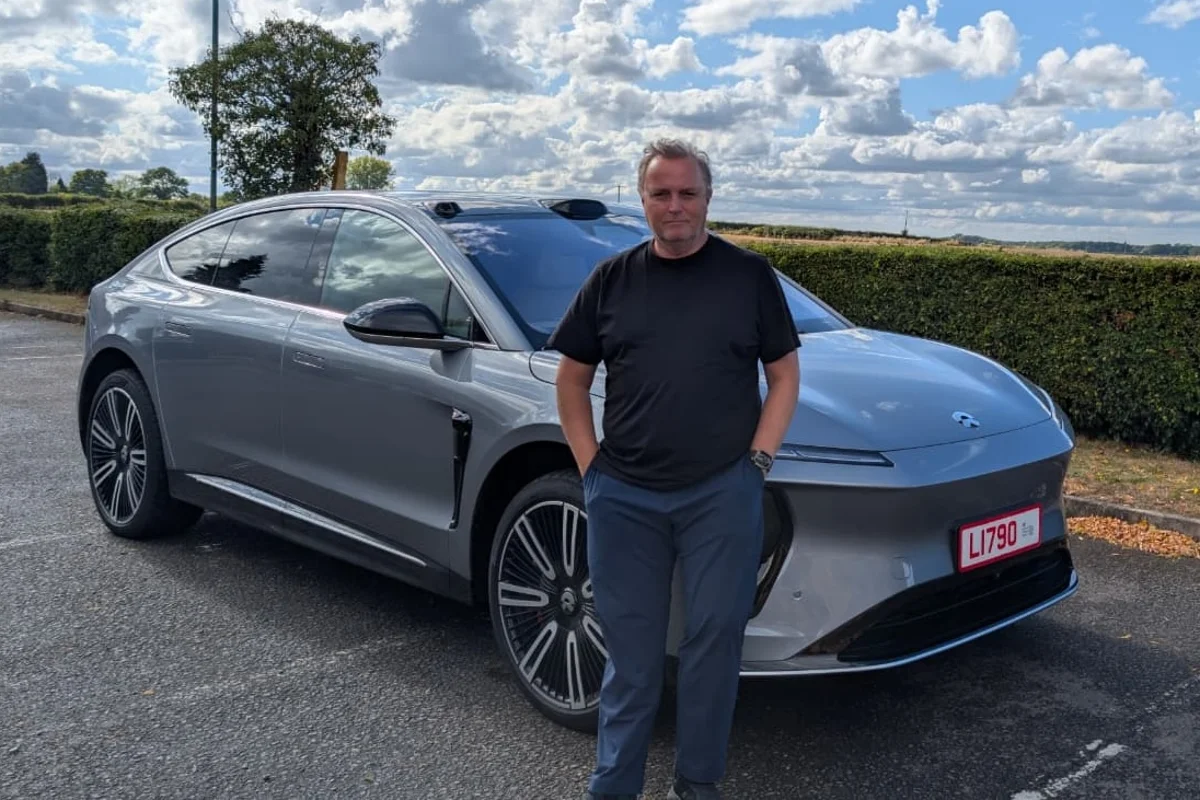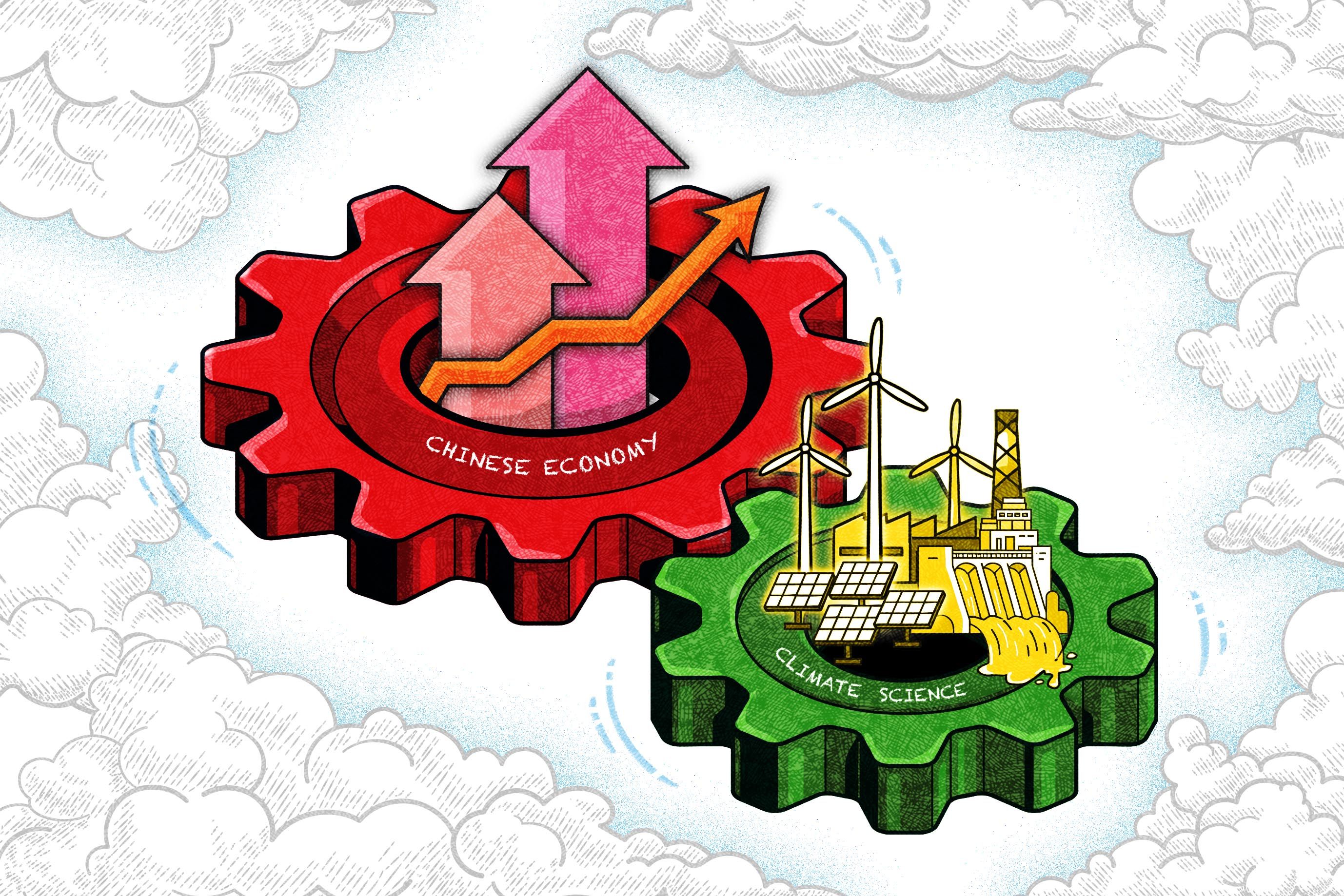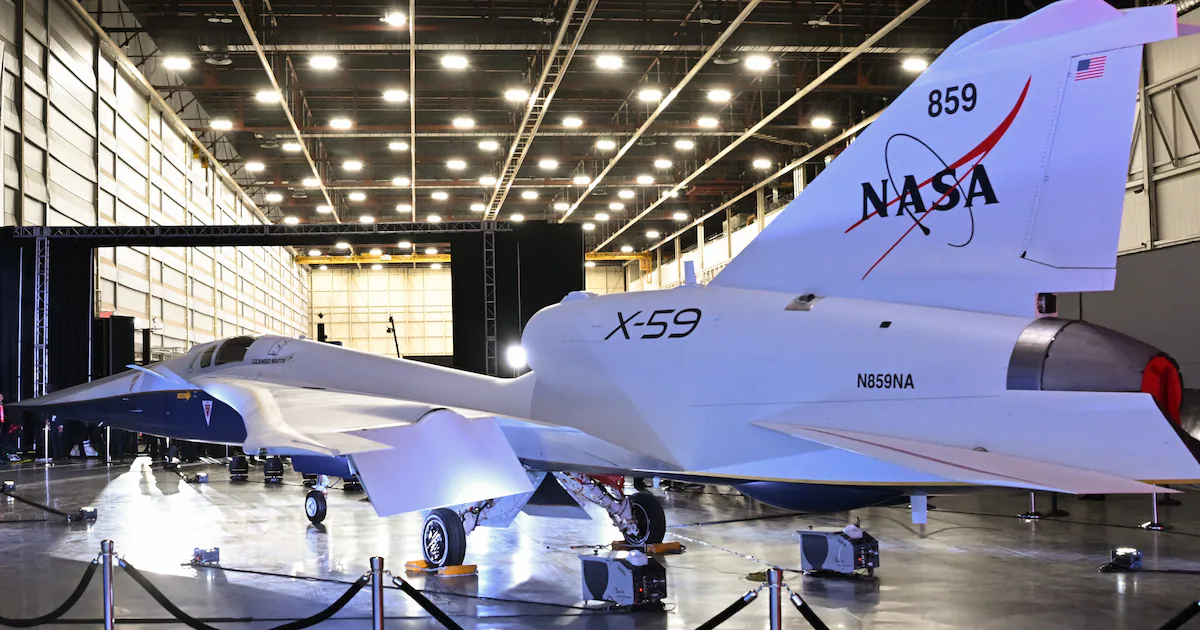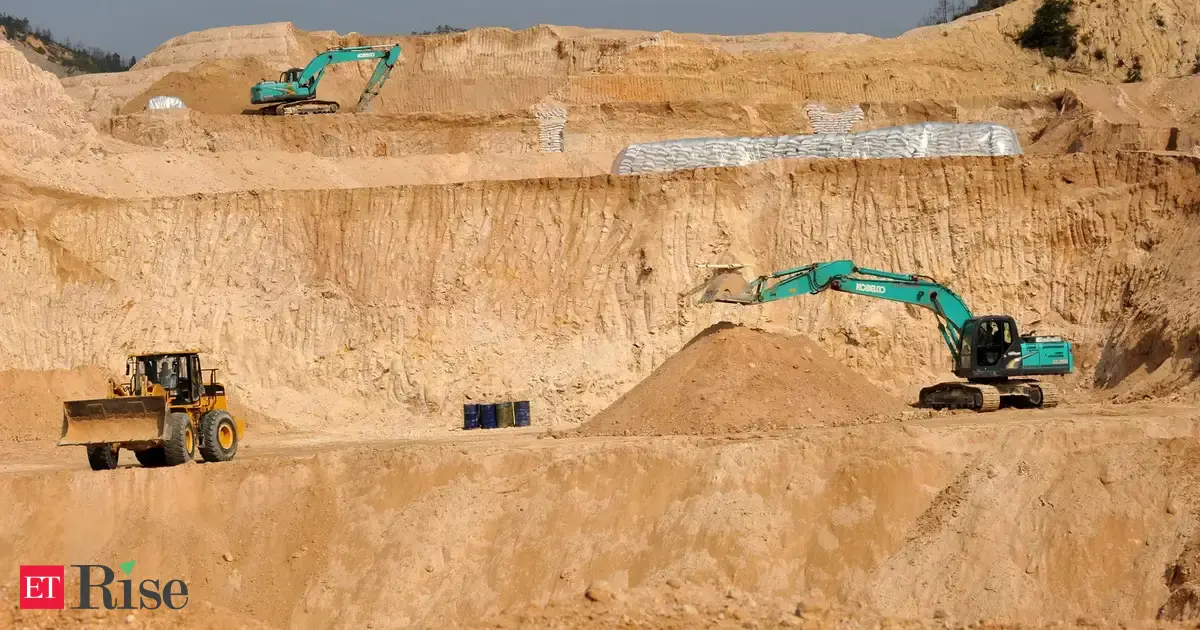Copyright forbes

More AI, fewer jobs? No sign yet of an apocalypse If there is a significant increase in job losses due to AI underway at this time, the data is not showing it. If one seeks data that reflects massive shifts in occupations, look to the late 1940s and early 1950s post-war realignment of businesses. That’s the conclusion of a recent analysis assembled by researchers at Yale University. “While anxiety over the effects of AI on today’s labor market is widespread, our data suggests it remains largely speculative,” the research team, led by Martha Gimbel, concludes. “The picture of AI’s impact on the labor market that emerges from our data is one that largely reflects stability, not major disruption at an economy-wide level.” GenAI has been available for three years now, but there have been no downward blips in employment data caused by the technology. It may simply be too eaerly to tell, the researchers write. “The lack of widespread impacts at this early stage is not unlike the pace of change with previous periods of technological disruption.” The researchers looked at “occupational mix," and while this has been changing, any changes began before the widespread introduction of AI in the workforce, they add. They compared the pace of change in occupational mix across a range of measures since ChatGPT’s launch in November 2022, and compare this to past disruptions from computers and the internet. “Overall, our metrics indicate that the broader labor market has not experienced a discernible disruption since ChatGPT’s release, undercutting fears that AI automation is currently eroding the demand for cognitive labor across the economy.” When it comes to assessing the impact of a technology on employment, think long term, Gimbel and her colleagues state. “Historically, widespread technological disruption in workplaces tends to occur over decades, rather than months or years," they note. “Computers didn’t become commonplace in offices until nearly a decade after their release to the public, and it took even longer for them to transform office workflows.” Three years is not long enough of a timeline to make assumptions about a technology’s impact, they assert. The sectors seeing the most changes include information (including media), financial activities, and professional and business services sectors – which had been ongoing transformation before gen AI hit the scene. "Although at first glance these changes may seem attributable to generative AI, the data again suggests that the trends within these industries started before the release of ChatGPT Despite all the apocalyptic predictions being made about gen AI, its seems to be within the normal bounds of previous technology waves – such as personal computing and the rise of the internet. Plus, any changes observed in the occupational mix started before the introduction of ChatGPT. "More recent changes do not seem any more pronounced, even as the use of AI continues to grow in popularity.” Gimbel and her colleagues point out. The big question at this point is "we simply don’t know for sure whether automation, algorithms, and AI will ultimately create more jobs than they destroy,” the report states. However, the researchers hold open the possibility of possible job shifts occurring because of AI. “Better data is needed to fully understand the impact of AI on the labor market.” Editorial StandardsReprints & Permissions



